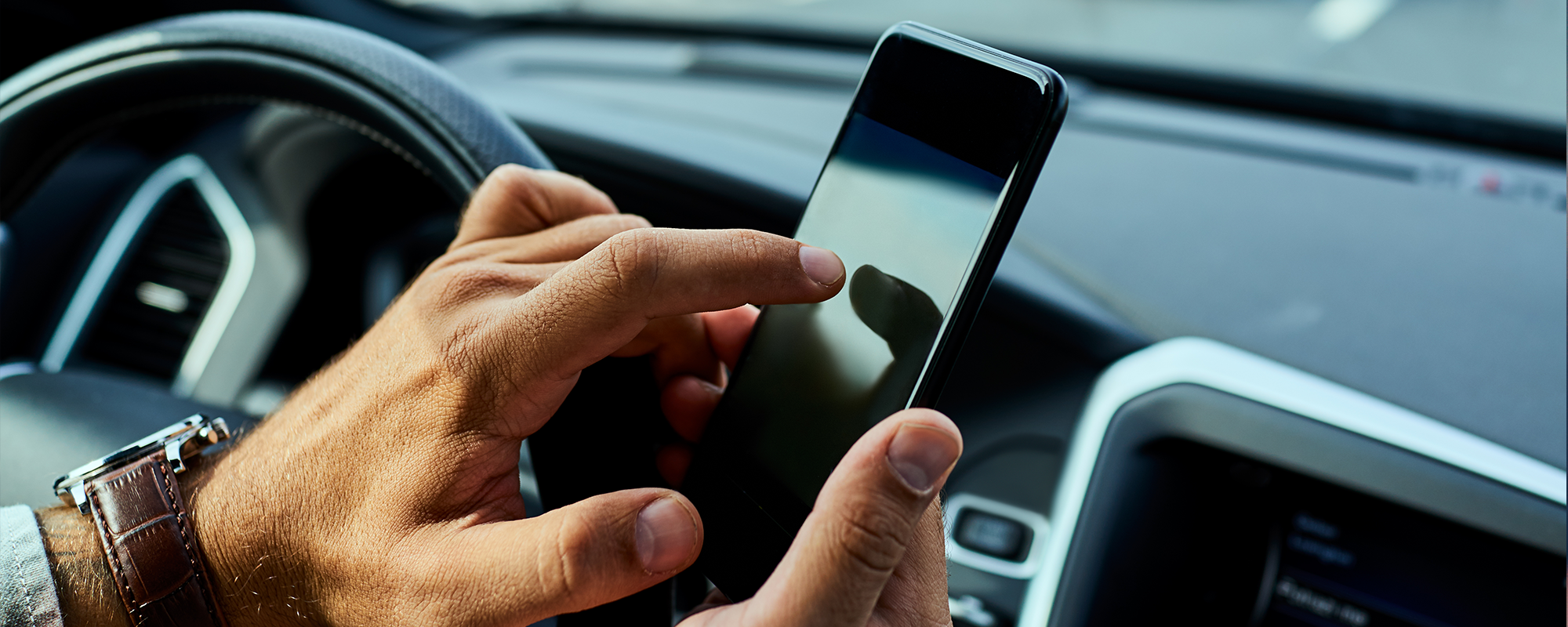
Feedback and Goal Selection to Encourage Safe Driving
Project status
Collaborators
Catherine McDonald, PhD, MSN, BSN
Subhash Aryal, PhD, MS
Innovation leads
Funding
AAA Foundation for Traffic Safety
Abramson Family Foundation Award
External partners
AAA Foundation for Traffic Safety
Opportunity
In 2021, over 20 million drivers in the United States obtained usage-based insurance (UBI) policies.
UBI policies enable drivers to earn discounts on their premiums based on safe driving habits tracked through smartphone telematics apps. Smartphone telematics apps use data algorithms to collect driving data and measure risky behaviors like hand-held phone use, speeding, hard braking, and fast acceleration. This technology holds great promise for studying and improving driving behavior. However, more research is needed to determine optimal strategies for changing behavior on a meaningful scale.
Intervention
In partnership with the American Automobile Association Foundation for Traffic Safety (AAA FTS), we conducted a nationwide randomized trial to determine whether evidence-based strategies for promoting safer driving can be optimized by tailoring the scope of feedback and the selection of goals for behavior change.
The study compared the effect of focused vs. standard feedback and self-chosen vs. assigned behavior goals on overall crash risk. The focus areas with behavioral goals were speeding, hard braking, rapid acceleration, and handheld phone use. Participants were randomly assigned to one of four study arms:
- control (no feedback or incentive)
- standard feedback (feedback on all four focus areas) with UBI-like incentive,
- assigned focus area with UBI-like incentive, or
- self-chosen focus area with UBI-like incentive.
We used Way to Drive, our homegrown smartphone telematics app, to measure aspects of the participants' driving so we could analyze performance in the four safety areas and score overall driver safety.
Impact
Overall safety scores improved significantly among participants in all three interventions groups compared to the control. In terms of focus areas, scores improved for speeding, hard braking, and rapid acceleration – but not handheld phone use. Allowing participants to choose their focus area did not have an added safety benefit.
The improvements applied across participants regardless of age, sex, or race/ethnicity, and they lasted even in the post-intervention period (6 weeks).
The findings are published in a report on the AAA Foundation website.